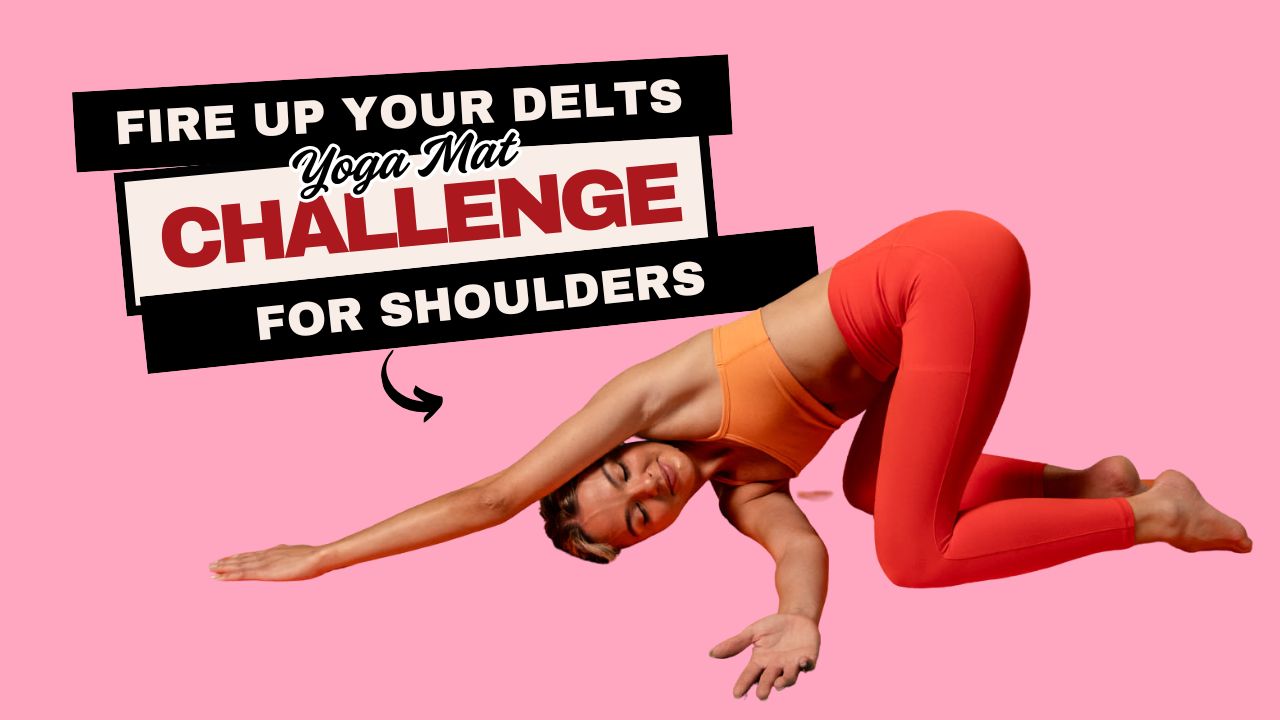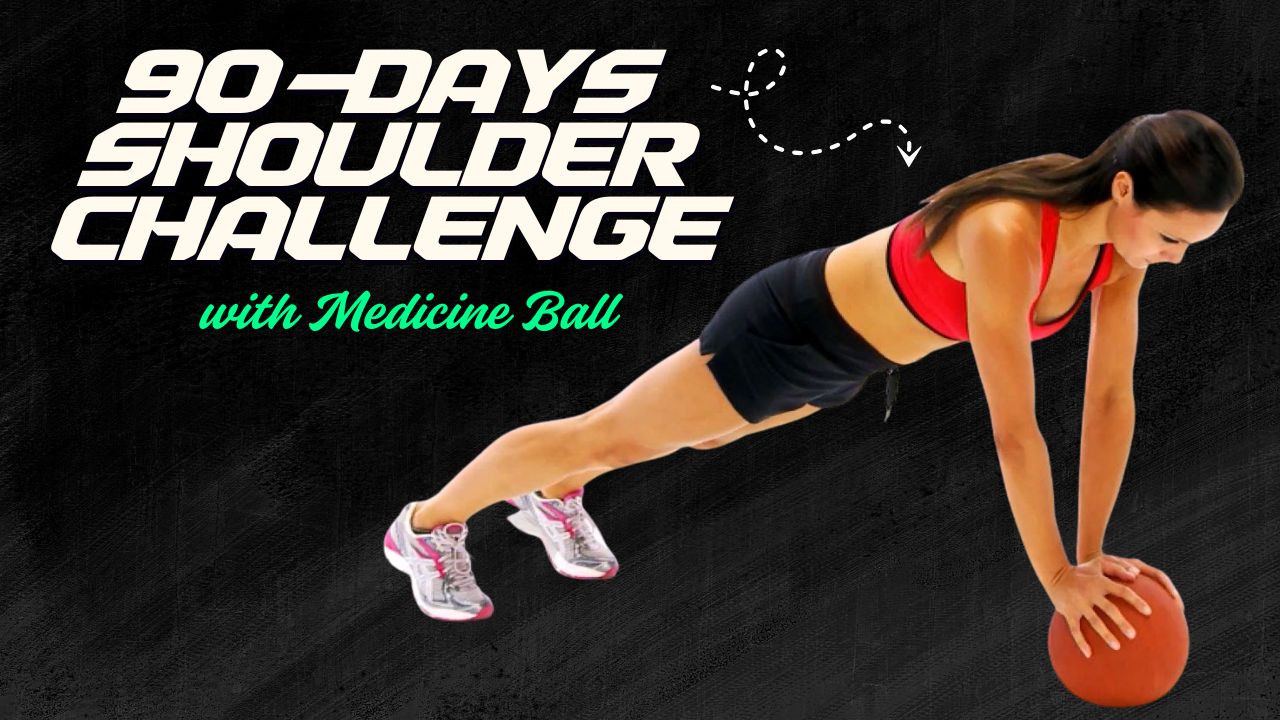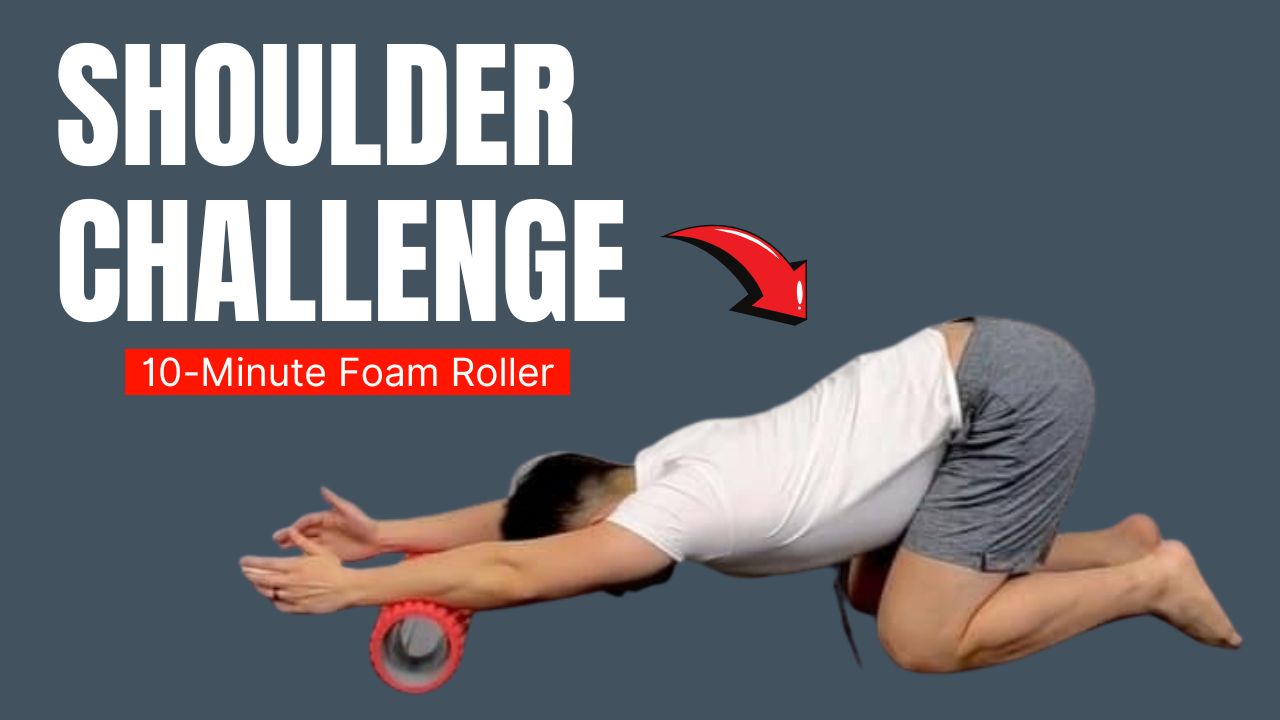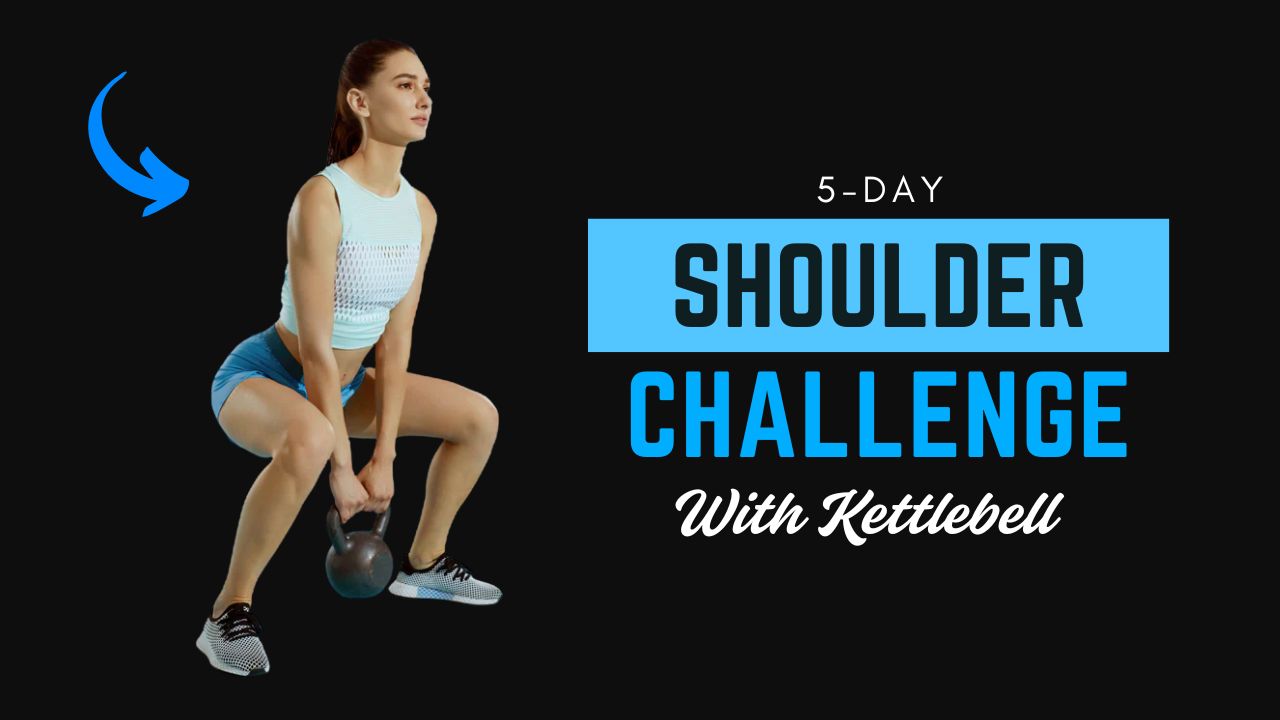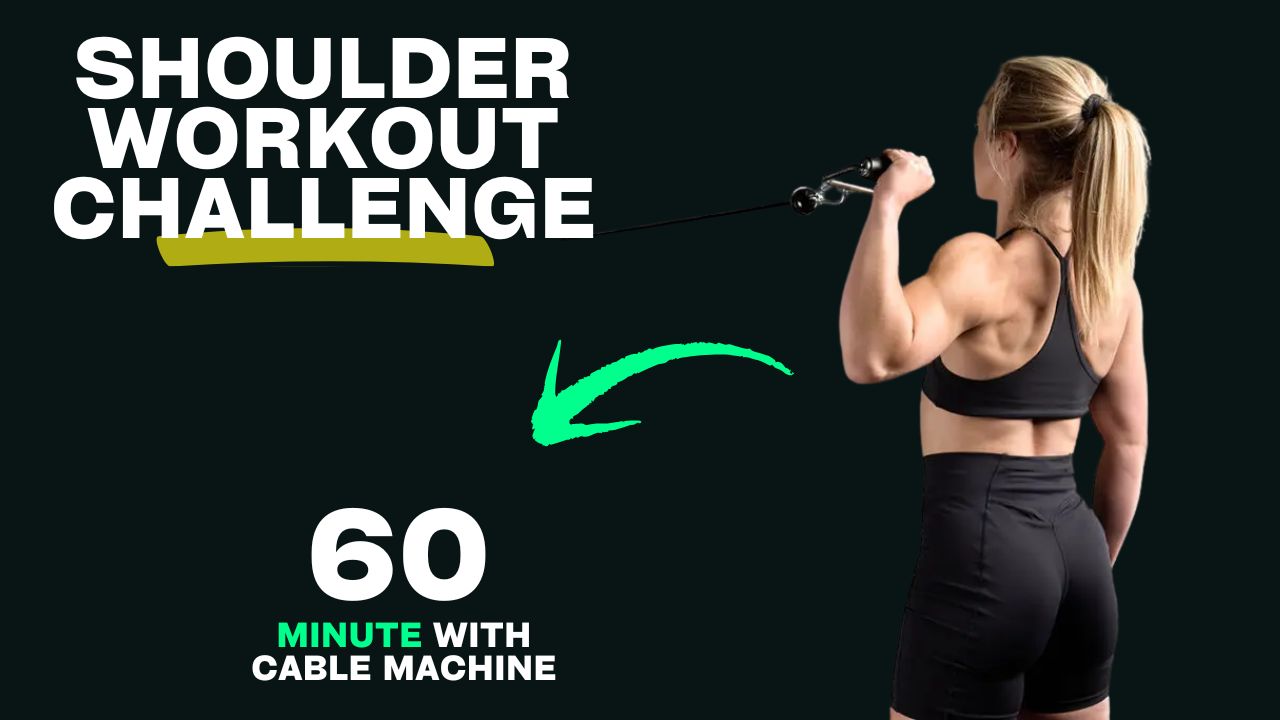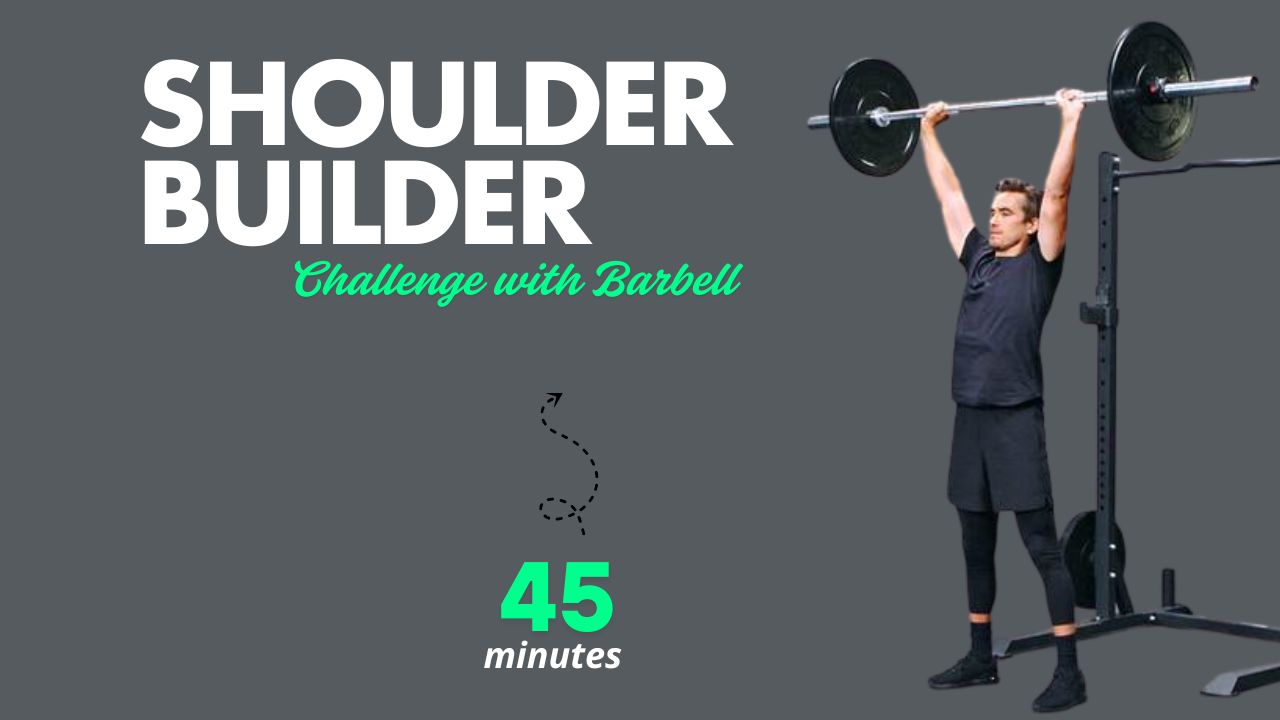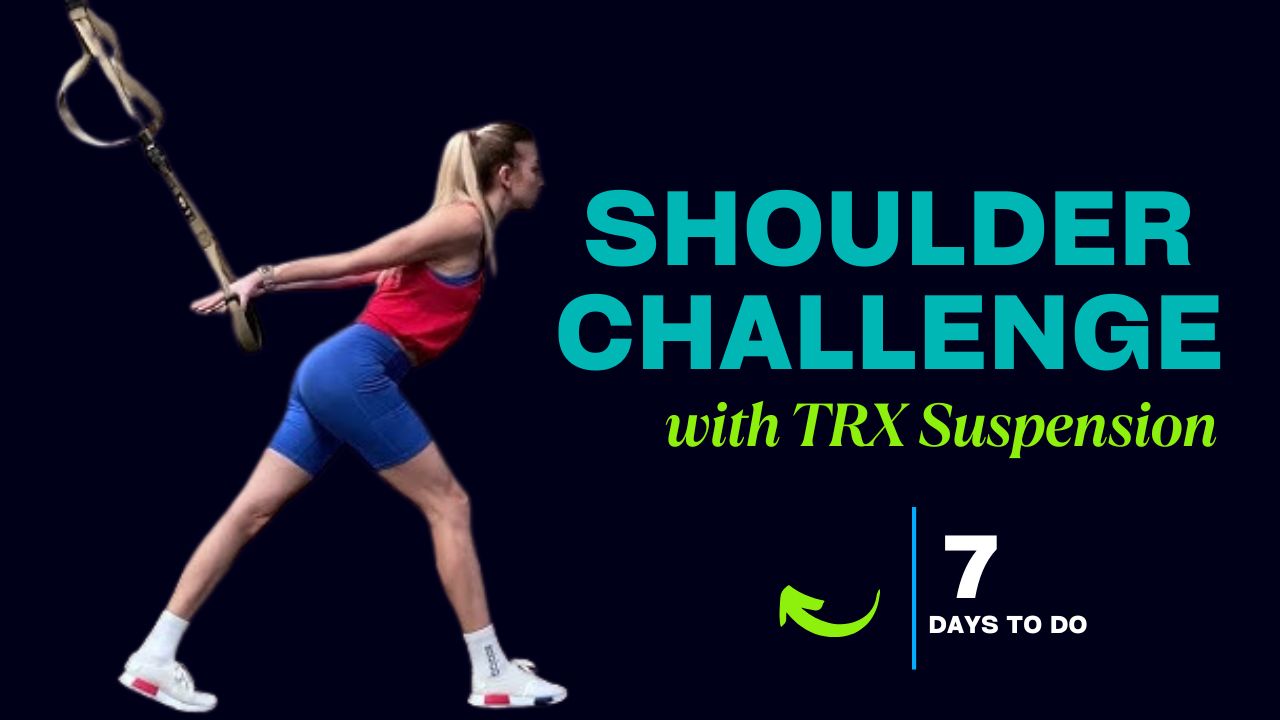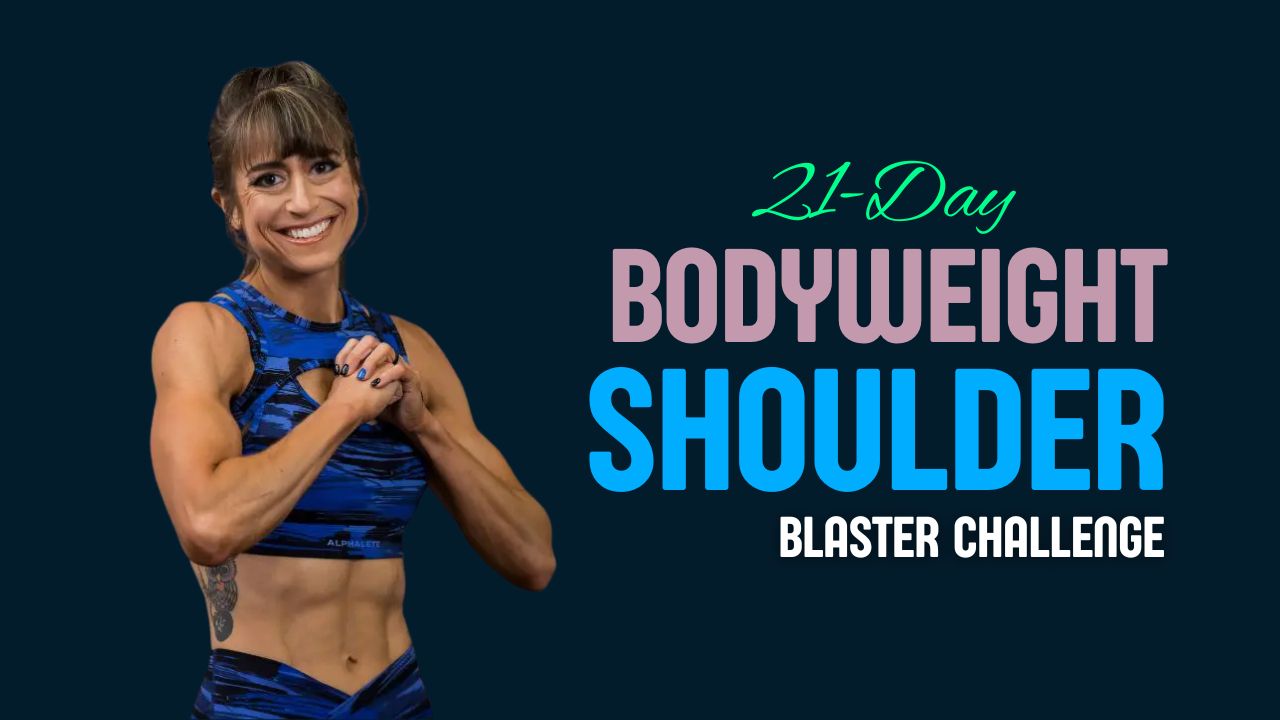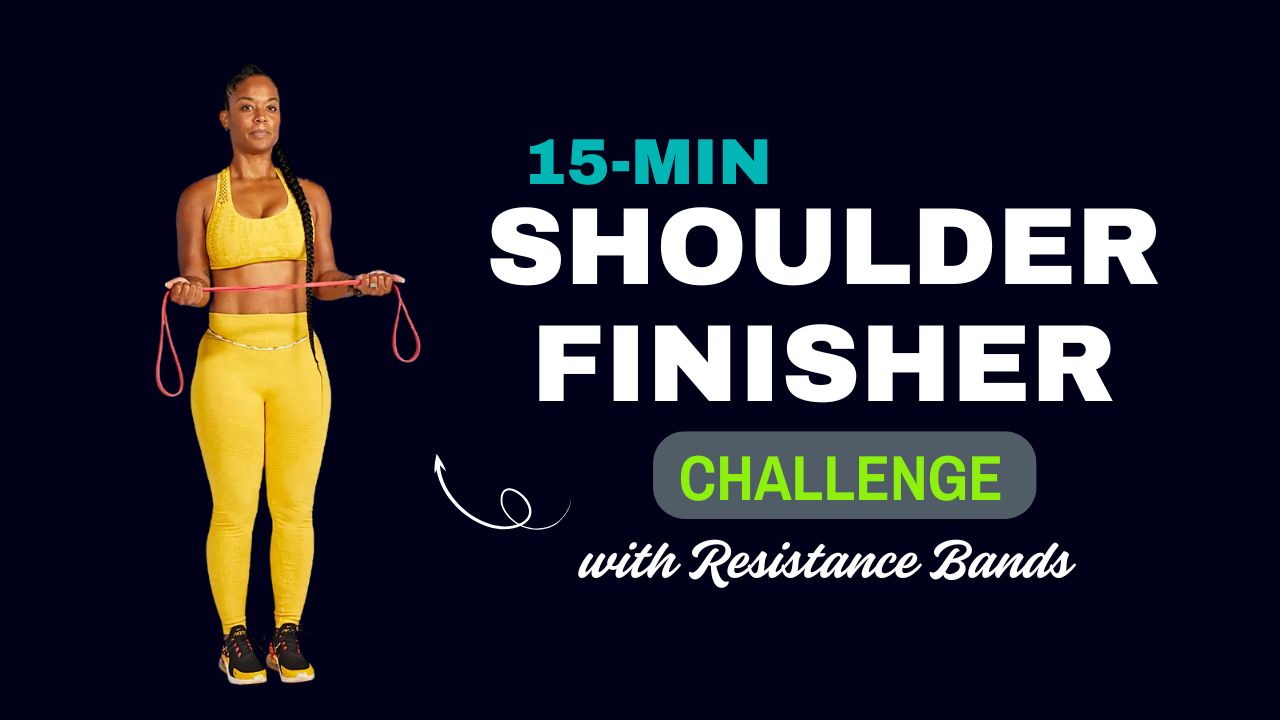If you’ve ever ended a workout feeling like your back didn’t get enough attention, you’re not alone. Many people unknowingly neglect certain areas of their back, leading to poor posture, reduced strength, and visible muscle imbalances.
A back finisher is your secret weapon—just 15 minutes at the end of your training session can correct these issues, improve symmetry, and give you that balanced, athletic look. And the best part? All you need is a pair of dumbbells.
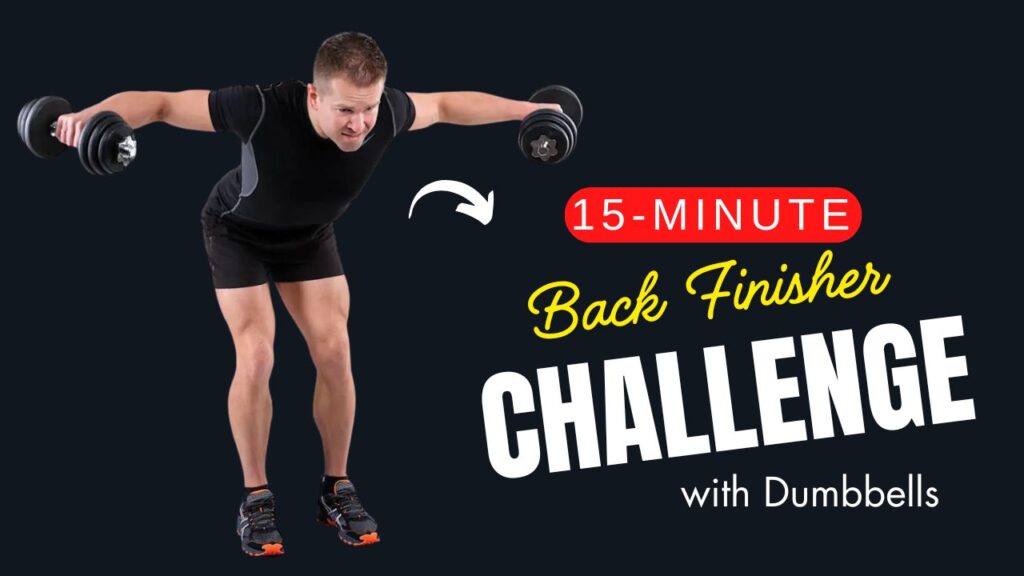
Table of Contents
Why a Back Finisher Matters
A back finisher isn’t just “extra work” for your muscles—it’s strategic. By targeting the smaller stabilizing muscles and neglected areas after your main workout, you help your body stay aligned and prevent overcompensation by dominant muscles.
Over time, this can reduce the risk of injury, improve lifting performance, and enhance your appearance from every angle.
Understanding Muscle Imbalances in the Back
Muscle imbalances happen when one muscle group is stronger or tighter than its opposing group. In the back, this often shows up as:
- Overdeveloped traps, underdeveloped lats
- Rounded shoulders from weak rhomboids
- Asymmetry from favoring one side during lifts
- Postural issues from weak lower back muscles
Correcting these imbalances requires varied angles, controlled tempo, and balanced muscle activation—exactly what this 15-minute dumbbell finisher delivers.
What Can Happen After 30 Days of This Back Finisher
| Positive Changes | Why It Happens |
|---|---|
| Improved back muscle definition and tone | Targeted exercises engage lats, traps, and rhomboids consistently. |
| Better posture and reduced shoulder rounding | Strengthening rear delts and mid-back muscles counters forward pull from chest muscles. |
| Enhanced mind-muscle connection | Repeated focus on controlled form improves neural activation of back muscles. |
| Reduced muscle imbalances between left and right sides | Unilateral exercises ensure equal strength development. |
| Increased pulling strength in other lifts | Stronger back stabilizers boost performance in pull-ups, rows, and deadlifts. |
| Less back discomfort during daily activities | Balanced back muscles reduce strain on the spine and surrounding joints. |
| Improved shoulder stability | Strengthened upper back muscles support shoulder joint mechanics. |
Do’s and Don’ts – 15-Minute Back Finisher with Dumbbells
| Do’s | Don’ts |
|---|---|
| Warm up for at least 5 minutes before starting to activate back and shoulder muscles. | Skip your warm-up—this increases the risk of strains and poor form. |
| Use a weight that challenges you while allowing full range of motion. | Go too heavy and compromise form just to lift more weight. |
| Keep your core engaged during every movement to protect your spine. | Arch or round your back excessively during bent-over movements. |
| Perform controlled, smooth reps to maximize muscle activation. | Use momentum or jerky motions to move the dumbbells. |
| Focus on squeezing your shoulder blades together during rows and flys. | Let your shoulders roll forward or shrug unintentionally. |
| Balance training both sides equally—match reps and load for each arm. | Favor your stronger side, which can worsen muscle imbalances. |
| Take short rests (20–30 seconds) to keep workout intensity high. | Rest too long between exercises, reducing the “finisher” effect. |
| Stretch your back, lats, and shoulders after completing the workout. | Skip post-workout stretches, leading to stiffness and tightness. |
The 15-Minute Dumbbell Back Finisher – Exercise List
We’ll use 8 targeted exercises, performed in a circuit fashion. Rest 20–30 seconds between exercises, and keep the intensity moderate to high. Use a dumbbell weight that challenges you but allows perfect form.
1. Bent-Over Dumbbell Rows
Description: A staple move for building mid-back strength and symmetry. Targets lats, rhomboids, and traps.
How to:
- Hold a dumbbell in each hand, palms facing your torso.
- Bend at the hips until your torso is almost parallel to the floor.
- Keep your back straight, core engaged.
- Pull the dumbbells toward your ribcage, squeezing shoulder blades together.
- Lower with control.
Tip: Avoid jerking the weight—focus on muscle contraction, not momentum.
2. Reverse Flys
Description: Strengthens the rear delts and upper back, crucial for balancing out chest-dominant training.
How to:
- Hold a dumbbell in each hand, palms facing each other.
- Bend slightly at the knees and hinge forward at the hips.
- With elbows slightly bent, lift your arms out to the sides until they’re in line with your shoulders.
- Slowly lower back down.
Myth Buster: Many believe the reverse fly is “just for shoulders”—in reality, it’s one of the best exercises to correct rounded posture.
3. Single-Arm Dumbbell Row
Description: Allows you to work one side at a time, helping to correct left-right strength imbalances.
How to:
- Place your left knee and left hand on a bench.
- Hold a dumbbell in your right hand, arm extended toward the floor.
- Pull the dumbbell toward your waist, keeping your elbow close to your body.
- Lower slowly, repeat for reps, then switch sides.
Did You Know? A study in the Journal of Strength and Conditioning Research found unilateral exercises like this improve core stability more than bilateral versions.
4. Dumbbell Shrugs
Description: Targets the traps, improving upper back support for the neck and shoulders.
How to:
- Stand tall with a dumbbell in each hand at your sides.
- Shrug your shoulders up toward your ears as high as possible.
- Pause briefly, then slowly lower.
Tip: Don’t roll your shoulders—up and down only for maximum trap engagement.
5. Dumbbell Deadlifts
Description: Strengthens the lower back, hamstrings, and glutes, providing foundational stability.
How to:
- Stand with feet hip-width apart, dumbbells in front of thighs.
- Hinge at your hips, keeping your back flat.
- Lower the dumbbells to mid-shin level.
- Drive through your heels to return to standing.
Fact: Deadlifts are one of the most functional lifts, mimicking real-life bending and lifting.
6. Dumbbell Renegade Rows
Description: A hybrid move that works the lats, core, and shoulders.
How to:
- Get into a push-up position with hands gripping dumbbells.
- Keeping your body in a straight line, row one dumbbell toward your ribcage.
- Lower and repeat on the other side.
Tip: Widen your stance to reduce hip rotation and maintain stability.
7. Dumbbell Pullover
Description: Engages the lats and chest while stretching the rib cage.
How to:
- Lie on a bench, holding one dumbbell above your chest with both hands.
- Slowly lower the dumbbell in an arc over your head until you feel a stretch in your lats.
- Return to starting position.
Did You Know? Pullovers are one of the few moves that work both the pushing and pulling muscles in the upper body.
8. Incline Dumbbell Rows
Description: Prevents body sway by using a bench for support, isolating the back muscles.
How to:
- Lie chest-down on an incline bench, holding dumbbells below you.
- Row the weights up toward your sides, squeezing your shoulder blades.
- Lower slowly.
Putting It Together – The 15-Minute Challenge
This routine is designed as a high-efficiency finisher. Perform each exercise for 40 seconds of work + 20 seconds rest, moving to the next without long breaks. Complete 2 full rounds.
Workout Routine in Row Format
- Bent-Over Dumbbell Rows – 40 sec
- Reverse Flys – 40 sec
- Single-Arm Dumbbell Row – 40 sec each side
- Dumbbell Shrugs – 40 sec
- Dumbbell Deadlifts – 40 sec
- Renegade Rows – 40 sec
- Dumbbell Pullover – 40 sec
- Incline Dumbbell Rows – 40 sec
Workout Table
| Exercise | Time | Rest |
|---|---|---|
| Bent-Over Dumbbell Rows | 40 sec | 20 sec |
| Reverse Flys | 40 sec | 20 sec |
| Single-Arm Dumbbell Row (Right) | 40 sec | 10 sec |
| Single-Arm Dumbbell Row (Left) | 40 sec | 20 sec |
| Dumbbell Shrugs | 40 sec | 20 sec |
| Dumbbell Deadlifts | 40 sec | 20 sec |
| Renegade Rows | 40 sec | 20 sec |
| Dumbbell Pullover | 40 sec | 20 sec |
| Incline Dumbbell Rows | 40 sec | 20 sec |
| Repeat Round | — | — |
Closing Takeaway
A well-balanced back isn’t just about looking good—it’s about moving better, lifting stronger, and staying injury-free.
Incorporating this 15-minute dumbbell finisher at the end of your workout can steadily correct muscle imbalances, improve posture, and enhance overall strength.
Stick to it 2–3 times a week, and in a few weeks, you’ll notice the difference not just in the mirror, but in your performance.
Frequently Asked Questions (FAQs)
Can I do this 15-minute back finisher every day?
It’s best to perform this finisher 2–3 times per week to allow your muscles adequate recovery time. Daily training can lead to overuse injuries, especially for the lower back.
What dumbbell weight should I use for this routine?
Choose a weight that challenges you in the last few reps of each set but still allows you to maintain proper form. For most people, this is between 8–20 lbs for upper back moves and 15–40 lbs for compound lifts.
Is this workout suitable for beginners?
Yes, beginners can do it by reducing the working time to 30 seconds and taking longer rest periods (40–60 seconds).
How long until I see results from this back finisher?
With consistent training, most people notice improved posture, strength, and muscle balance within 4–6 weeks.
Can I replace other back workouts with this routine?
This is designed as a finisher, meaning it complements your main workout rather than replaces it. However, if you’re short on time, you can use it as a quick standalone back session.
Will this workout help with posture correction?
Yes, the exercises target postural muscles like the rhomboids, rear delts, and lower traps, which can help counteract rounded shoulders and forward head posture.
Do I need a bench for all the exercises?
No, only a few moves like incline rows, pullovers, and single-arm rows require a bench. You can modify these to floor variations if you don’t have one.
Can this help fix one shoulder being higher than the other?
It can help if the imbalance is due to muscle weakness, but if it’s caused by structural or joint issues, you should consult a physiotherapist.
Should I stretch after this workout?
Yes, post-workout stretching helps maintain flexibility and prevents muscle tightness in the back, shoulders, and hamstrings.
Can I use resistance bands instead of dumbbells?
Yes, but the resistance curve will be different. Bands provide more tension at the end range of motion, while dumbbells offer consistent gravity-based resistance.
